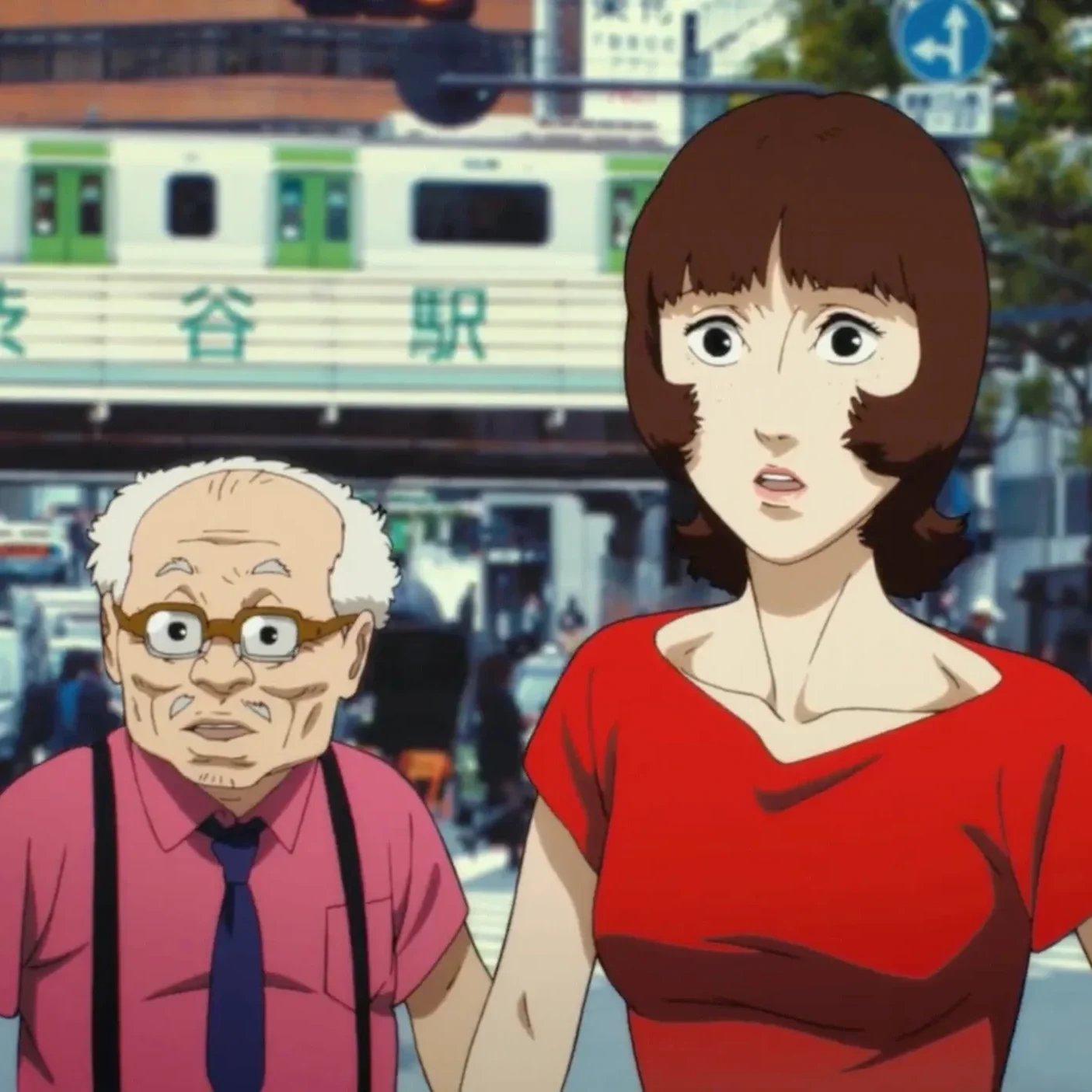AKIRA - The Missing Link with the Olympics
AKIRA│© Toho
From the dystopian world that has captivated fans for decades, to its masterful storytelling and stunning visuals, Akira remains a cult classic that defies categorization. Released in 1988, this groundbreaking film has earned a place on the list of must-watch movies that demand multiple viewings to fully comprehend. According to its creator, Katsuhiro Otomo, some may view Akira as a chilling portrayal of revolution and the corrupting influence of power, while others may see it as a touching tribute to friendship. Otomo's words suggest that the film's meaning is open to interpretation and can be viewed through a multitude of lenses. Yet, as viewers delve deeper into the film's narrative, they may discover an intriguing resemblance to Japanese history.
The Olympics
Let’s start in the real world. Tokyo was chosen to host the 1940 Summer Olympics, becoming the first non-Western city to earn the honor. However, the outbreak of WWII led to the cancellation of the Games, and Japan found itself shunned by the international community during the years of conflict that followed. During the post-war era the world began to rebuild and move forward, Japan in particular. The nation had been dealt catastrophic blows. The devastation caused by the atomic explosions left the nation reeling, its reputation in shambles and its people struggling to come to terms with the unimaginable loss and trauma they had endured. Japan faced a long road to recovery.
Still from Tokyo Olympiad│© Criterion Collection
Yet the nation persevered, emerging as a global leader in fields ranging from technology to business. In the midst of their recovery, Tokyo was once again chosen to host the Summer Olympics, this time in 1964. This presented a great opportunity for conflict-torn Japan to reintroduce itself to the world as a peaceful and progressive nation, and Tokyo eagerly embraced the chance to showcase its culture and modernity on the global stage. The world was looking, and Japan was ready to show its new colors.
You can watch Japan’s way to the 1964 Olympics in the documentary Tokyo Olympiad directed by Kon Ichikawa.
In AKIRA’s dystopian world, Neo Tokyo is going through a similar timeline. WWIII was sparked by the unexplained explosion caused by AKIRA. 31 years after the horrific blast, the city is in the midst of post-war reconstruction, working to redeem itself and creating a new future for its citizens. Neo Tokyo is preparing for the 2020 Olympic games, which is, similar to the real Olympics of ‘64, Japan’s opportunity to reposition itself after its reputation was left in shambles. A reintroduction to the world as a modern and peaceful society. The movie shows a breathtaking portrayal of the iconic landmark under construction. But under the very foundation of this symbol of progress lies AKIRA, the painful legacy of a brutal conflict, its scars still visible despite being buried deep in the earth.
AKIRA│© Toho
While real world Japan redeemed itself and skyrocketed towards an era of economic prosperity, AKIRA’s universe took a different turn. In the final act of the movie we enter the Olympic stadium where Tetsuo can no longer control his power and gets consumed by AKIRA. Society seems to have failed to learn from the mistakes of the past. The dream of peace and prosperity crumbles in the face of destruction. It is in this dark corner that we find more parallels between Akira and Japan’s history.
Years later Tokyo was chosen to host the Olympics again in 2020, the same year the Olympic games were being planned in AKIRA. The possibility of an AKIRA-inspired opening ceremony became a topic of discussion, but unfortunately, due to the COVID-19 pandemic, the event was postponed, and no references to AKIRA were present in the rescheduled ceremony.
AKIRA│© Toho










Revisiting a handmade animation era with 1991’s ‘PAPERS’.